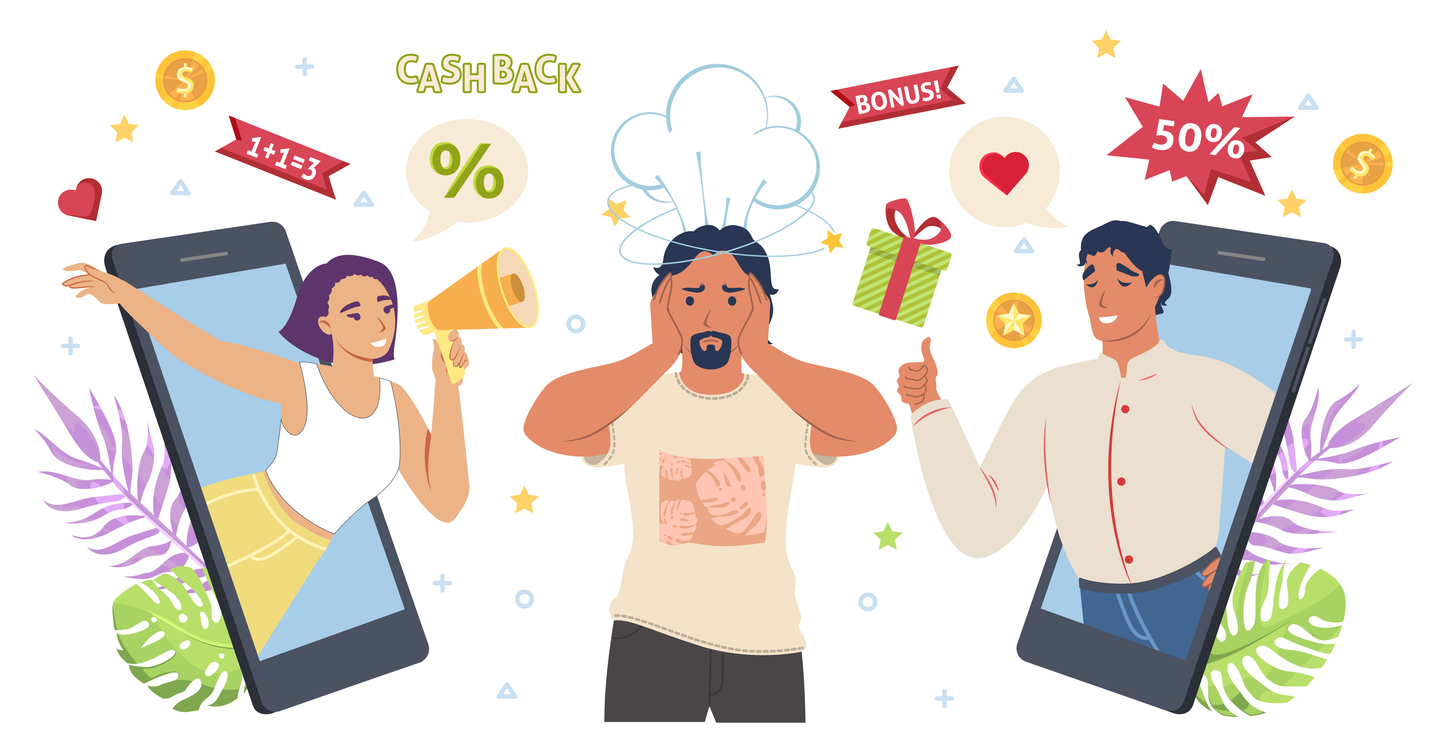Marketing Transformation Demands More Connecting & Less Marketing
Comeback Strategies: Why Marketing Transformation Demands More Connecting and Less Marketing
B2B marketers steep their tactics in technology today.
In a rush towards digital transformation, 84% of B2B marketers now use AI – up from just 29% in 2018.
Unfortunately, the surge in technology among B2B marketers has also triggered an avalanche of impersonal and detached marketing strategies.
As part of your marketing transformation, it’s critical to consider how these technologies can help connect you with your buyers – not build a wall of machines.
Marketers must consider the experience from the perspective of their audience:
- What do they want?
- Where do they go online?
- What is genuinely helpful for them?
It sounds simple but putting it into practice is a whole different story.
AI Should Be Seen and Not Heard in Marketing Transformation
No one wants to feel like they’re buying from or communicating with machines. Just think of how frustrated you feel responding to auto-prompts on the phone.
Sadly, AI use has led to a sharp rise in superficial marketing tactics.
Instead of looking for ways to remove human interaction, AI should drive connection. Look for ways to use high-quality data from AI to draw insights.
Behavioral data is a goldmine for insight. Use it to discover new touchpoints along the buyer’s journey and meet your buyers with human connections every step of the way.
Prioritize Engaging Experiences in Marketing Transformation
Your buyers know you have access to technology that makes the online experience more engaging and entertaining. They’ve come to expect entertaining experiences everywhere they go online, including your website.
Brands like Amazon set the standard already – there’s no going back now.
Rethink Your Content Delivery
Don’t expect your audience to dig through your blog looking for relevant information. Instead, use artificial intelligence to hyper-personalize each experience based on behavior.
Buyers have minimal time to research. Make it easy for them to find what they need right away. Organize your content by pain point and vertical to streamline the process.
Mimic the Consumer Content Experience
When someone logs onto Twitter, they receive a curated content experience based on accounts and hashtags they’ve chosen to follow. On Netflix, some receive personalized recommendations based on what they’ve watched (and didn’t finish watching).
Use artificial intelligence to offer curated content everywhere they go, every time. Intent data and website behavioral data can help you understand buyers preferences and stage of the journey in real time.
Don’t Forget Personalization in Your Outbound Marketing
85% of buyers say they expect brands to personalize the very first touchpoint. For many buyers, the first touchpoint includes outbound tactics, like PPC advertisements and sponsored social media posts.
Even though buyers don’t necessarily convert through outbound tactics right away (nor should you expect them to), outbound marketing still plays an important role in building demand and brand recognition. Make it count!
First Names Aren’t Enough in Marketing Transformation
These days, everyone knows an algorithm can add their first name to an email subject line. Adding a name to an email or landing page is common courtesy – not personalization.
People want personalized content, offers, tips, and advice. Buyers want all things personalized at the right time too.
Customize Your Landing Pages
If you’re running PPC campaigns, group your keywords properly so you can accurately personalize your landing page content.
Don’t add as many keywords as possible to each campaign. Instead, stick with highly relevant and specific keywords in a group of about five.
It’s much easier to personalize your landing pages for 10 visitors a month instead of 100. Make sure your landing pages solve a specific pain point. You might even use dynamic content to further personalize each page based on a visitor’s location, industry, or company.
Rethink How You Approach Personalization in Outbound Marketing
Conversion rates for display ads are a dismal 0.5%. Why do so many outbound campaigns still focus on boosting sales?
Instead, put yourself in the shoes of your visitor. Offer CTAs that have nothing to do with spending money. Suggest they download a valuable eBook (or something else useful) or listen to a podcast.
Use your outbound marketing to build connections.
The Buyer’s Journey Isn’t Linear So Why Do We Still Treat It That Way?
Gartner research shows the buyer’s journey is complex – and certainly not linear.
Marketers must face facts: They can’t predict the journey on a granular level. It’s too complicated.
You can, however, consider the entire journey when you build each experience. Make sure you create content for every stage: TOFU, MOFU, and BOFU. Consider specific accounts and firmographics.
Then, you can look for ways to harness the power of AI to connect with buyers further and study their behavior.
People Buy from Other Humans – Not Machines
The key to marketing transformation is remembering that humans do business with other humans – not robots and machines. Instead of saying B2B, perhaps we should start calling it H2H (Human to Human).
Buyers expect AI everywhere they go, but it must be seen and not heard. In other words, it should enhance the experience but not dominate it.
Use technology like artificial intelligence to draw valuable insights and get information to your buyers faster. Take those insights to create valuable content and build meaningful relationships.
In a digital world, our audiences expect to feel seen and heard through thoughtful marketing. Join the conversation between Marketing experts as they discuss how to build a comeback strategy to win over your audience with exciting, unique tactics.


